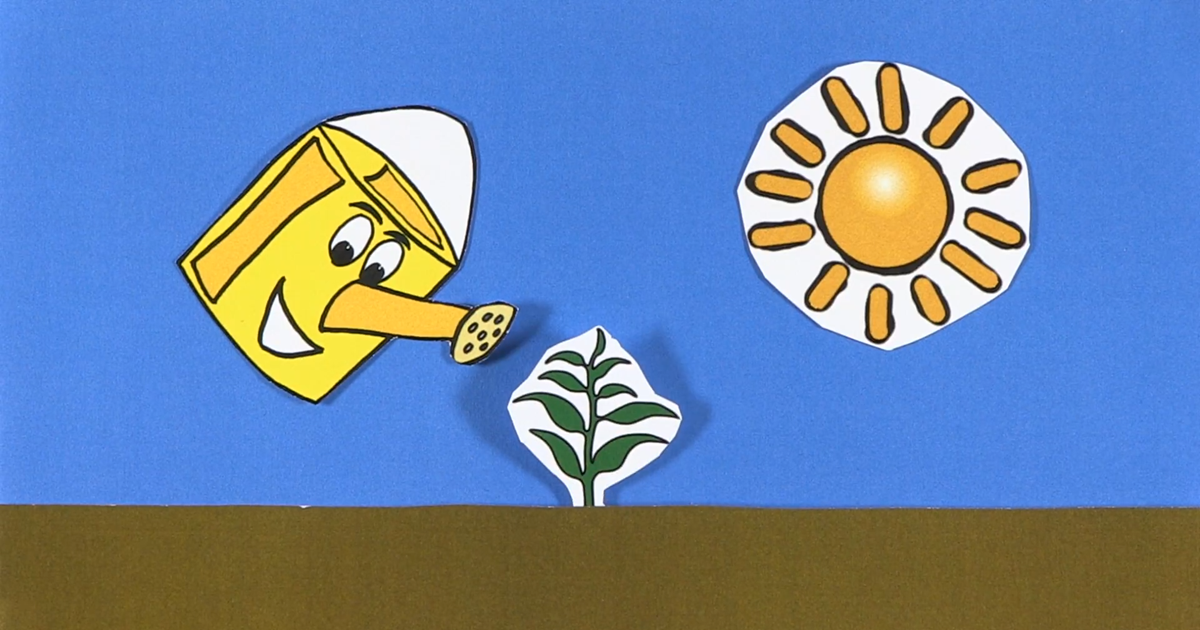Define flood and describe its types.
A flood happens when water spills over onto land that’s usually dry. This can be caused by heavy rain, melting snow, or other factors that overwhelm drainage systems. Here’s a look at the different types of floods:
Flash Floods: These hit suddenly, often within hours of heavy rainfall. They’re intense and can quickly flood small, low-lying areas.
River Floods: When rivers overflow their banks due to lots of rain or melting snow, causing the water to spread out over surrounding areas.
Coastal Floods: Caused by storms, high tides, or tsunamis pushing seawater onto land. These floods affect coastal regions during hurricanes or typhoons.
Urban Floods: Occur in cities where drainage systems can’t keep up with heavy rain. Roads and buildings can make the situation worse by preventing proper water flow.
Pluvial Floods: Happen from intense, localized rainfall that leads to water pooling in low areas, even if there’s no major river nearby.
Ice Jams: When ice blocks a river’s flow, causing water to back up and flood nearby areas.
Dam Break Floods: Occur when a dam or levee fails, releasing a massive amount of water suddenly and flooding areas downstream.
Each type of flood has its own causes and impacts, making it important to understand them for effective flood management and preparation.

What is reinforced concrete?

What is limit State Method?

What is the significance of hydraulic conductivity in groundwater studies?

How do sediment basins or traps function in an irrigation system?

Define a weir and its function in water management.

Define flood and describe its types.